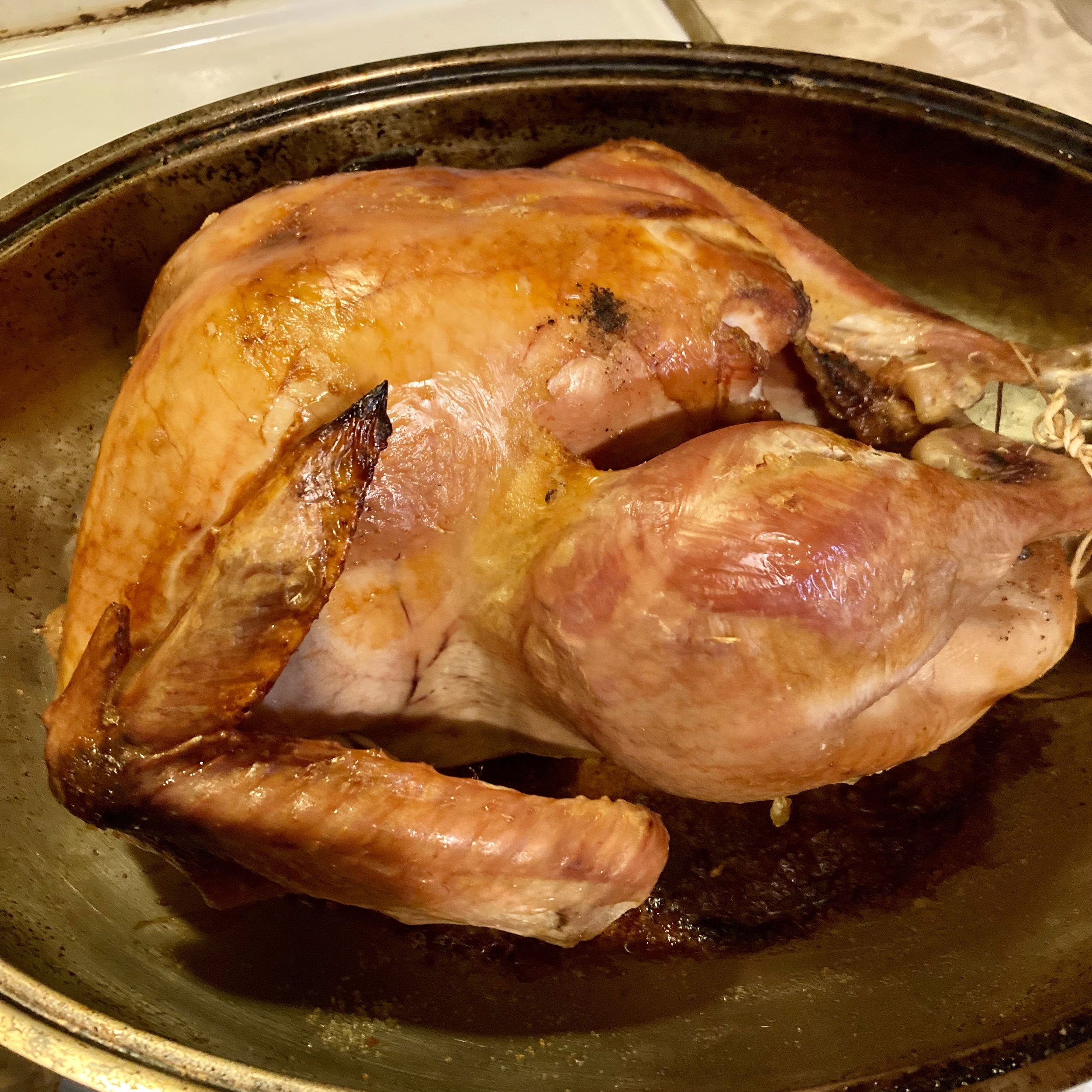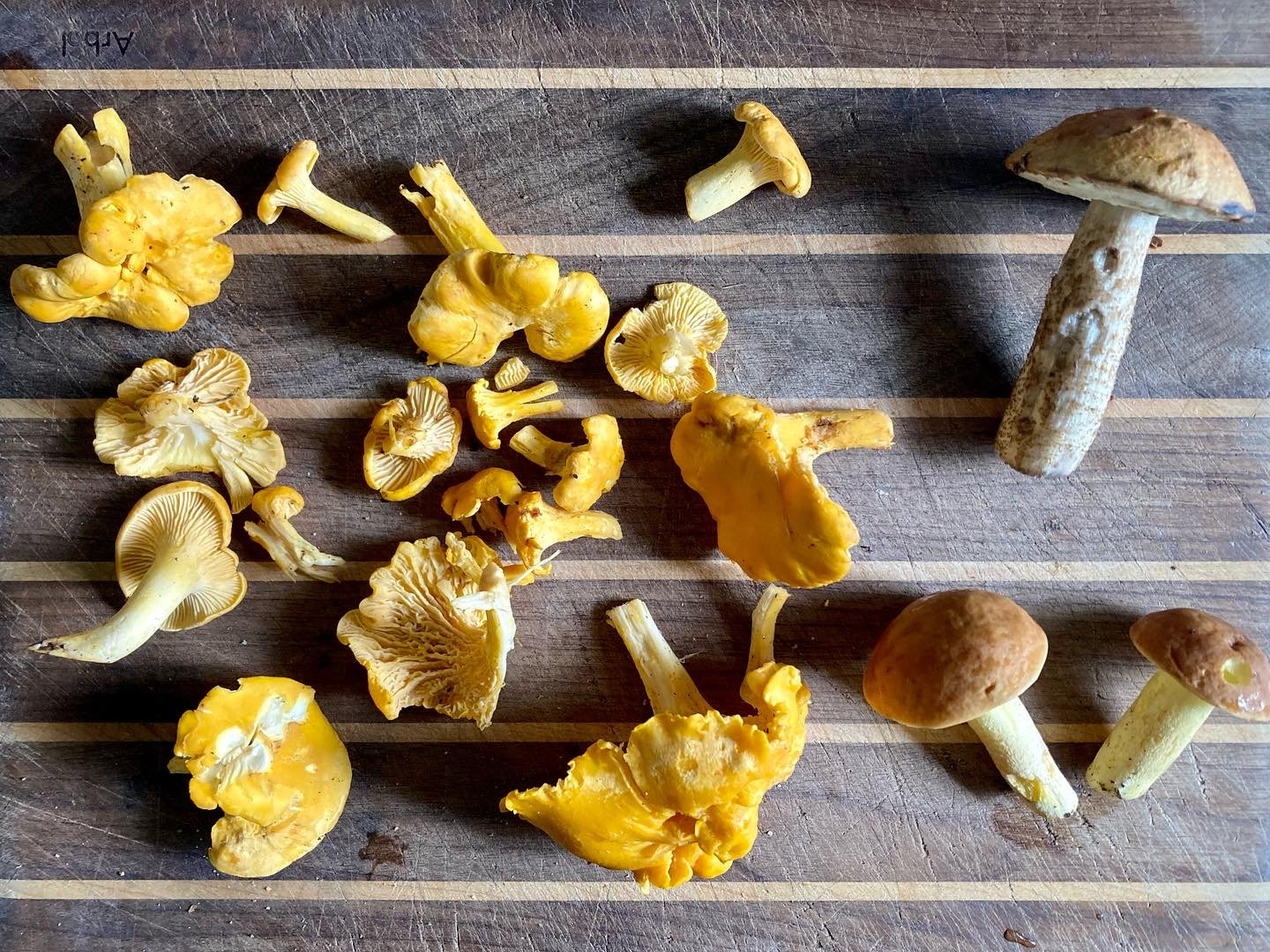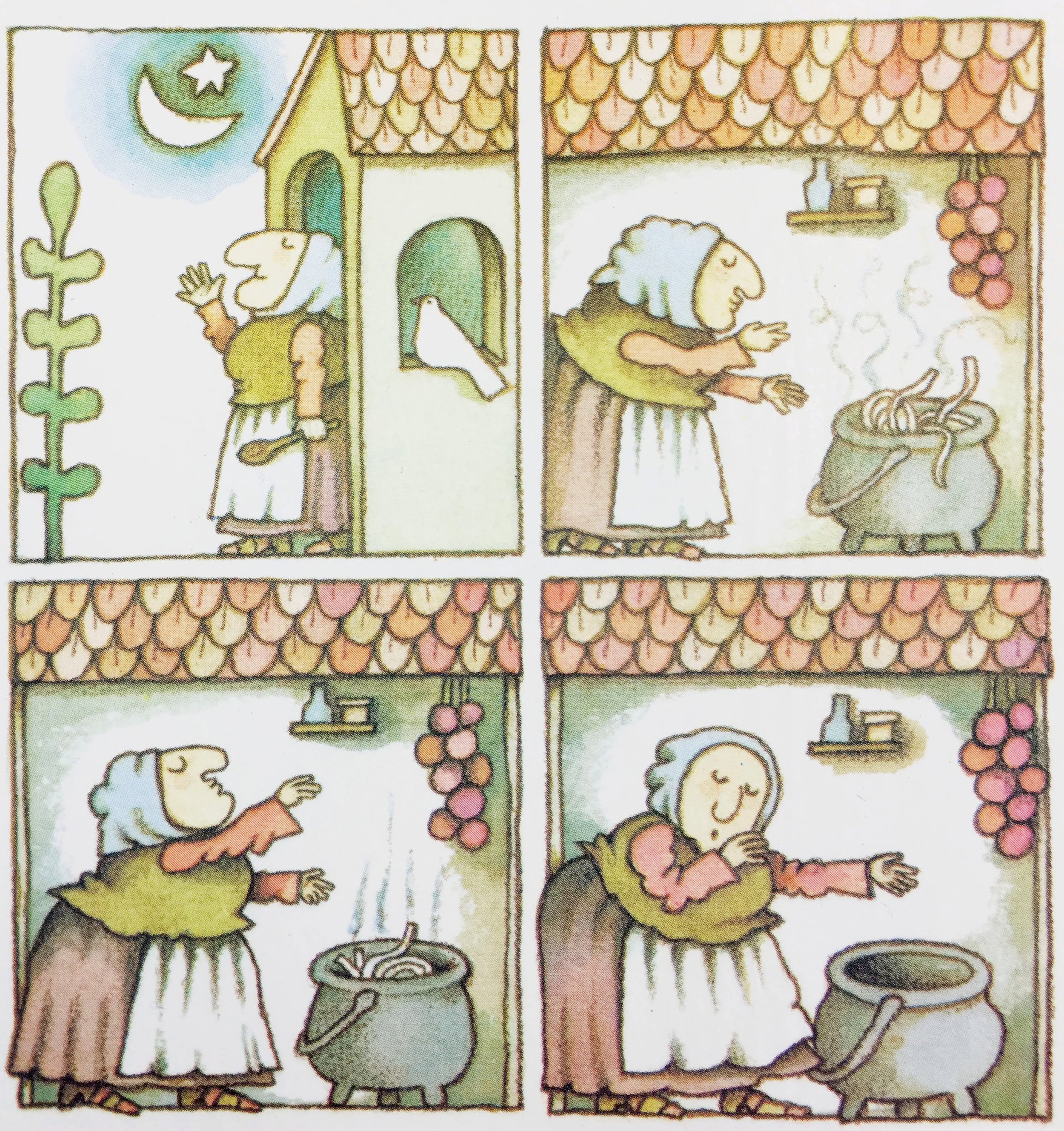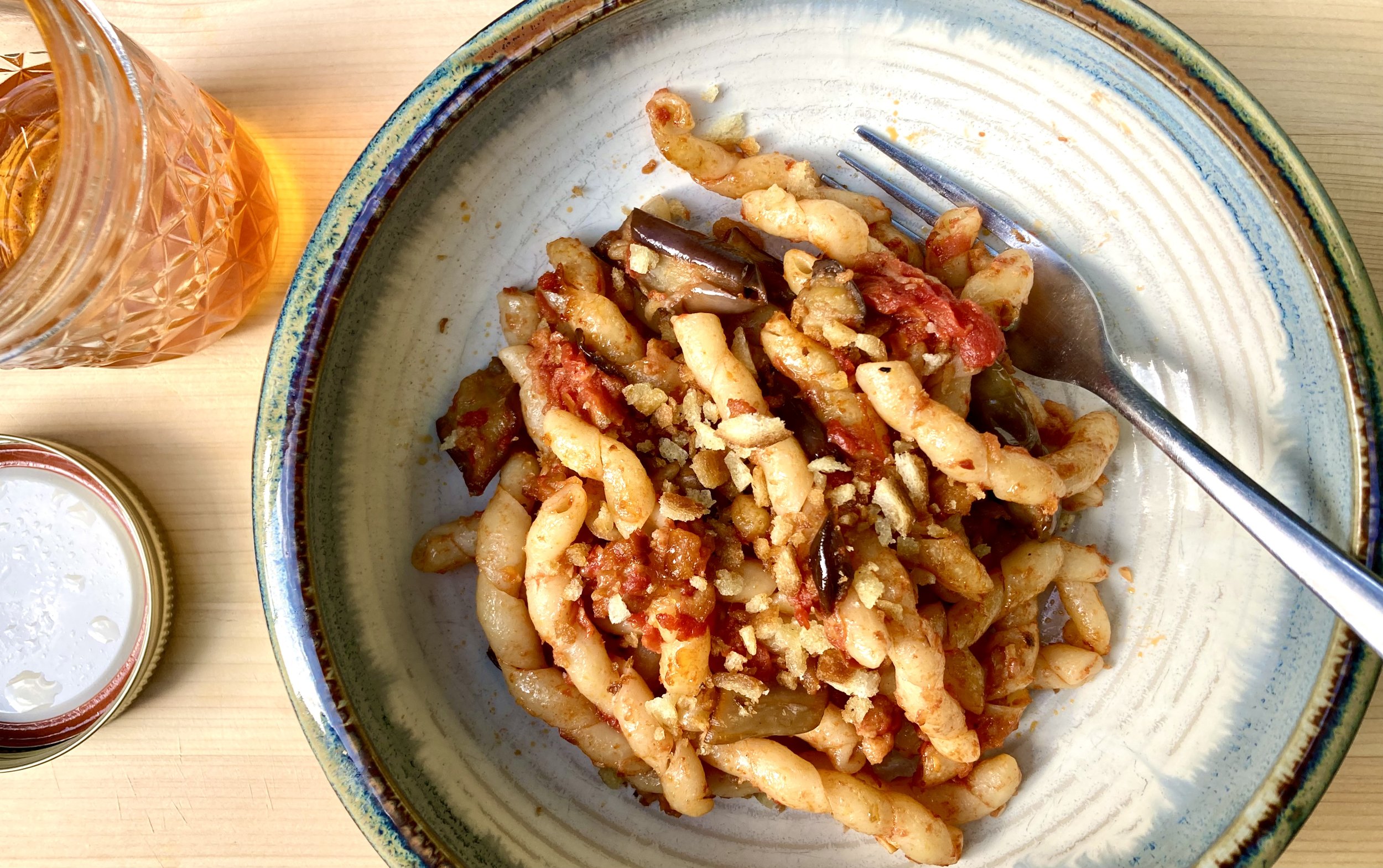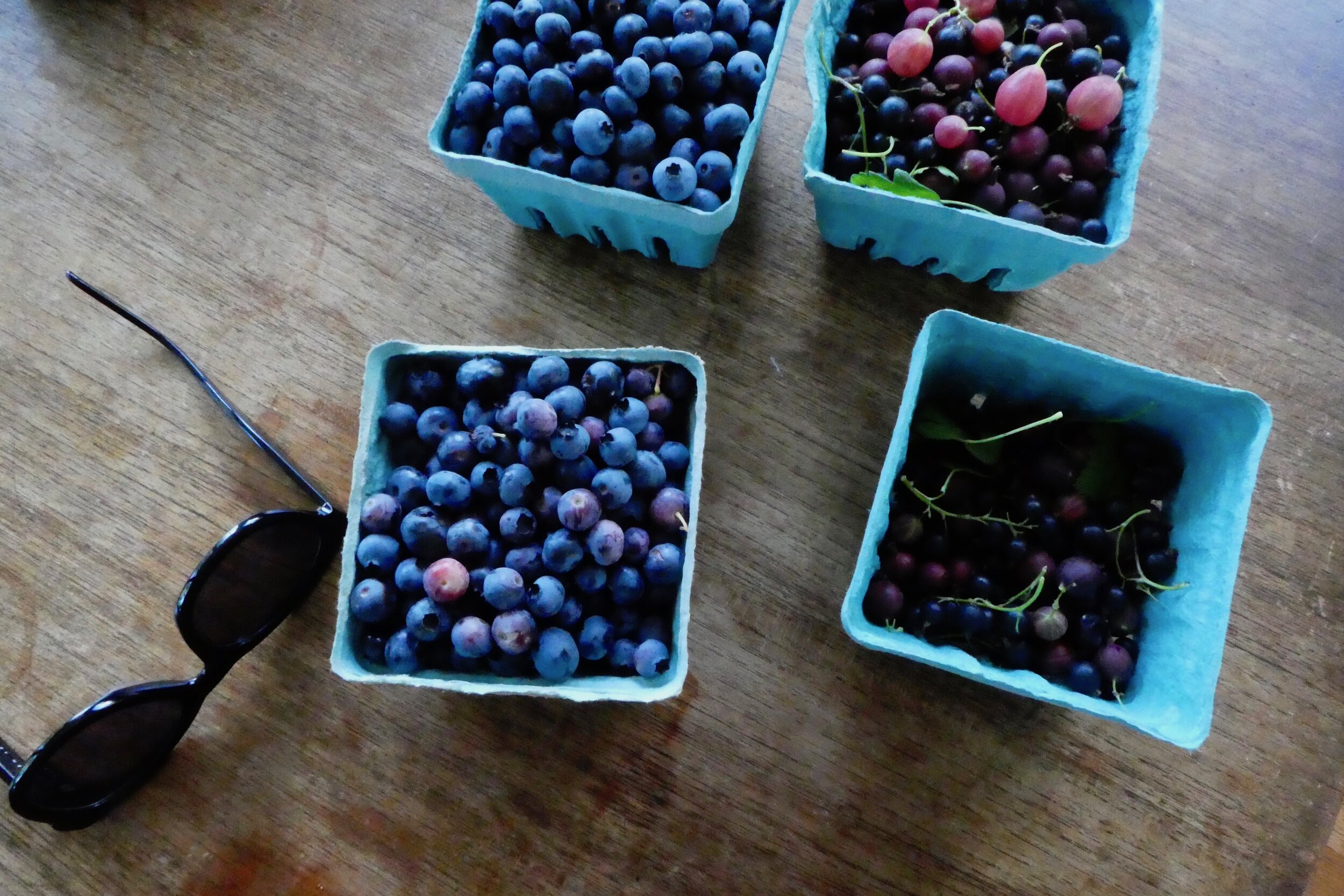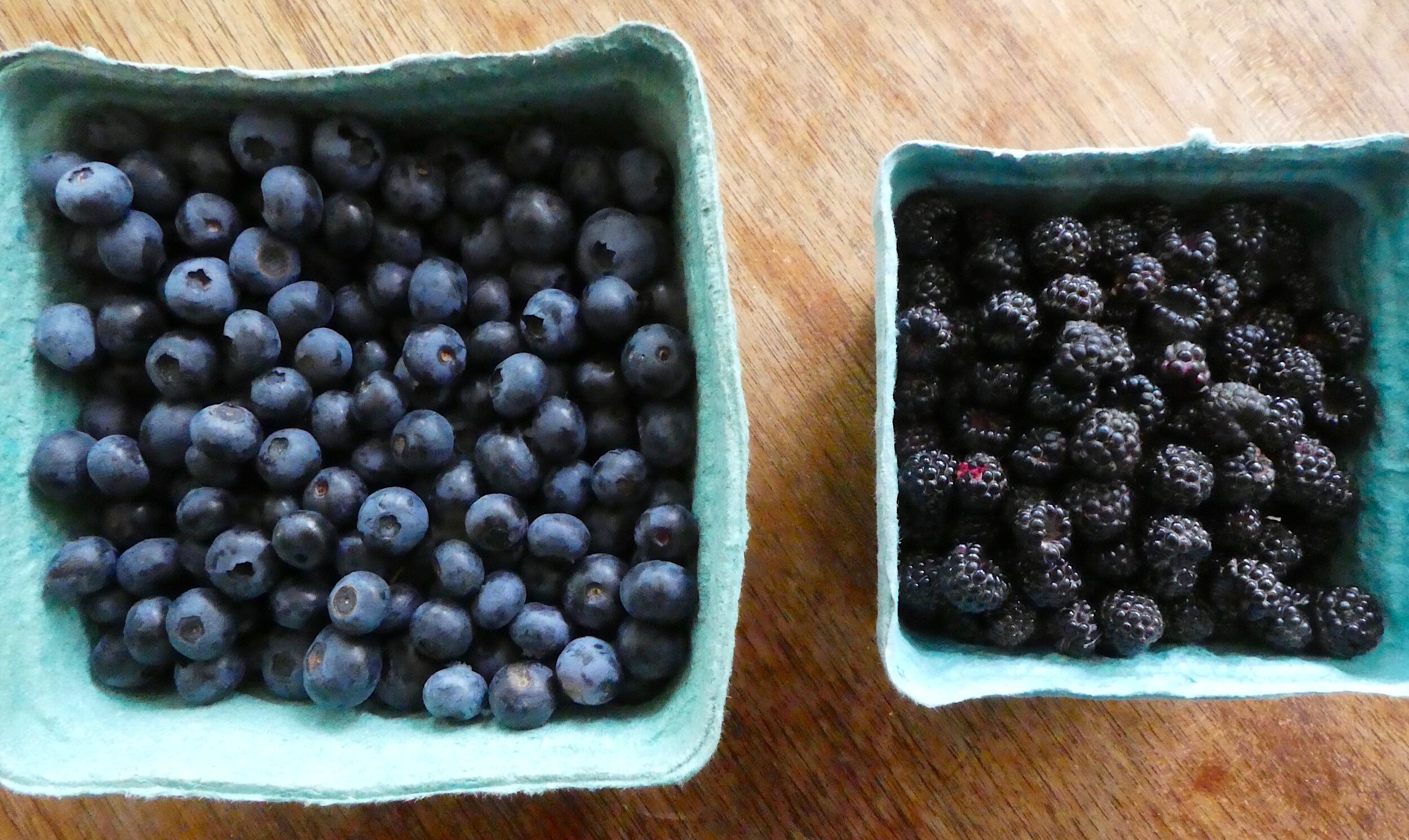Fig. a: High-Temperature Turkey, 2023 Edition
This post first appeared in November 2007, right before American Thanksgiving, in advance of the annual expats’ Thanksgiving dinner we held in Montreal for years. Jeffrey Steingarten’s High-Temperature Turkey (which he learned from Barbara Kafka) is still the method we turn to virtually every time we roast a turkey. It has never let us down.
Do you love turkey dinners as much as we do? Are you unfamiliar with the fabled High-Temperature Turkey? Read on!
—————
For those about to roast...
You know the nightmare. It goes something like this: It's mid-afternoon on an autumn weekday and for some strange reason you have the day off. You've been going about your happy-go-lucky business, doing all sorts of pleasant autumnal things, and generally enjoying yourself when suddenly you're seized with panic. Your eyes zoom in on your watch and it reads 3:00 PM. You whip your head around to take a look at the calendar that's just materialized on a wall next to you, check today's date, and, sure enough, it reads THANKSGIVING DAY. Only then do you suddenly remember that this year you happened to send out invitations for a Thanksgiving dinner at your place and in a matter of hours 12 hungry people will be turning up on your doorstep fully expecting a big, beautiful roast turkey dinner with all the fixings. You race to your bookshelf and grab a book entitled Cookbook, flip it open to the "Roast Turkey" recipe and, you guessed it, the recipe reads: "Preheat your oven to 325º... Roast your turkey 12-15 minutes per pound..." Not only do you not have the time to roast that 24-lb Butterball, you haven't even bought it yet! You look around you and somehow you've been transported to some barren post-industrial wasteland. You tilt your head back, stare deep into the sky, and yell "NO!!" at top volume. You wake up in a cold sweat.
Okay, maybe your particular version of this nightmare isn't quite as dramatic as this, but you get the point. Well, we're here to tell you that we know the feeling and there's hope.
Flashback a little over a month ago to October 8th, a.k.a. Canadian Thanksgiving 2007. As many of you know, we're big on Thanksgiving here at "...an endless banquet." So much so that we happily celebrate Thanksgiving (at least) twice every year. This year, however, Canadian Thanksgiving caught us a little off-guard. For some reason we hadn't gone through the usual 2-weeks' worth of deliberations concerning menu, ingredients, and approach. In fact, we were caught so off-guard that it was literally 3:00 pm when Michelle decided that we absolutely, positively could not let Canadian Thanksgiving slip by without a traditional feast. She got on the horn, rounded up a few last-minute guests, and then and only then did she get on her bike and head towards the market. By 4:30 pm she was back at home with a lovely 15-pound turkey in tow. By 5:00 pm the turkey was in the oven. And by 7:00 pm the turkey was out of the oven, resting, just minutes from getting carved and served. Our guests arrived, we sat them down and served them drinks, and by 7:30 pm we were digging in to one of the very best turkey dinners in either of our personal histories. Yes, you read that correctly: the turkey was ready in two hours (!) and it was delicious.
No trickery was used, no special tools were required, and, no, we didn't microwave our turkey. We used a regular turkey and a regular oven. We did, however, rely on some high-powered expertise. You see, it was Barbara Kafka's High-Temperature Turkey recipe* as featured in Jeffrey Steingarten's The Man Who Ate Everything, And Other Gastronomic Feats, Disputes, and Pleasurable Pursuits that allowed Michelle and I to be so remarkably cavalier about our Thanksgiving dinner.** The low-down: you get yourself a 12 to 15-lb turkey (any bigger and it'll take up too much room in your oven and get scorched), you crank up your oven to its highest setting (550º), and you never baste it. That's right: you don't baste your turkey either. All you have to do is jiggle every now and again. Sounds insane, we know, but it works. We expected crazy amounts of smoke and frankly we were willing to pay that price in order to have our turkey fully roasted and ready to go in two hours, but somehow our kitchen remained perfectly smoke-free and guest-ready throughout. Nothing short of miraculous.
High-Temperature Turkey
one 15-pound *** turkey at room temperature
salt and pepper
2 onions, halved
Preheat the oven to its highest setting.**** Place the turkey in a large roasting pan, salt and pepper the interior cavity and stuff the onions inside. Place the turkey in the oven and bake for 15 min. Remove the turkey from the oven, and with a wooden spoon or some tongs jiggle the turkey loose from the bottom of the pan. Return the turkey to the oven and repeat this jiggling every 20 min. A 15-pound bird will take just under 2 hours.***** (Ours took 1 hour 50 min.) You want the thigh meat to be between 175 and 180°F. If you have a smaller oven, you may have to cover the bird with a piece of aluminum foil in the late stages of the high-temperature roasting in order to protect it from getting overly blackened, but we didn't. Let the turkey rest at least 10 min. before carving it. The skin will be an amazing auburn colour and it will crackle as you carve it. Inside, the meat will be as juicy as you've ever seen, white and dark alike. Unbelievable. Miraculous even. Plus, you'll find a goodly amount of juices at the bottome of the roasting pan which you can use to make a fittingly phenomenal gravy.
Feeds four ravenous, Thanksgiving-crazed people, and provides them with plenty of mind-blowingly delicious leftovers.
Happy American Thanksgiving!
am/km
* No, Smartypants, this isn't a recipe for giving a turkey a fever.
** Despite its origins, this recipe is the opposite of Kafkaesque. It is as simple and straightforward as they come.
*** Again, turkeys that are any bigger will not work for this method. If you need more turkey, cook two smaller birds.
**** Note that this high temperature will make baking side dishes impossible alongside the turkey. I made the stuffing before, covered it with foil and baked it 30 min. Once the turkey was done, I lowered the oven temperature and returned the stuffing to the oven until it was hot, baking it uncovered for the last few minutes to crisp the top.
***** Here are cooking times for turkeys of other sizes: 9-10 lbs.=1 hour 15 min., 12 lbs.=1 hour 20 min., 20 lbs.=about 3 hrs.
—————
Speaking of miracles. The last time we used the High-Temperature Turkey method was just this past Sunday, for Canadian Thanksgiving 2023. When we’d pulled the turkey out of the oven, and checked its internal temperature (perfect!), we stepped outside onto the balcony of our Montreal apartment, and this is what we saw:
Fig. b: Thank you, Mr. Steingarten!
We took this to be a good omen. We hauled our 12-lb turkey, our deluxe stuffing, and our roasted carrot dish up to our friends’ place in Little Italy and gave thanks.
aj
